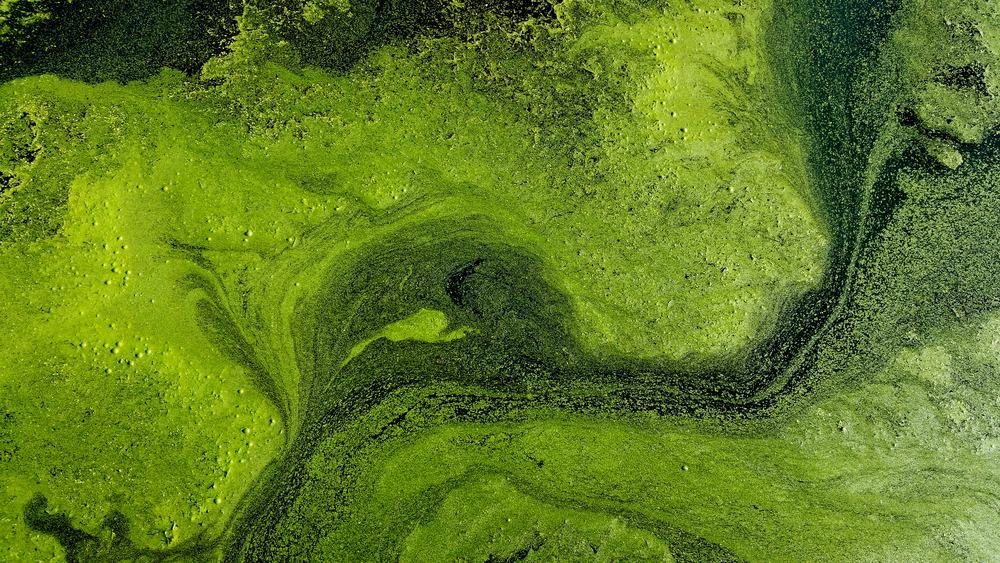Algae are natural parts of an aquatic ecosystem, but excessive algae growth can cause detrimental effects on your lake water. It will turn from a clear and shimmery look to a murky green. Besides, the water will smell bad and taste moldy, becoming dangerous for consumption. Finally, that will trigger freshwater deficiency, killing aquatic animals.
There are many causes of algal blooms in lakes, with pollution, water movements, and light exposure being the most common. Unfortunately, when the factors co-occur, they can result in serious algae growth to cover your entire pond or lake. Thankfully, there are many ways to halt excessive algae growth in lakes.
Are you overwhelmed with excessive algae growth? Learn how to control and prevent algal blooms in lakes and ponds. Click To TweetWhat Does Algae Do?
Algal blooms happen when ideal environmental conditions co-occur, such as increased nutrients, abundant light, stable wind conditions, and warmer temperatures.
Unfortunately, algal blooms can cause devastating impacts, including:
- Creates Dead Zones: Algal blooms can drain the lake water’s natural oxygen, causing a “dead zone.” Unfortunately, aquatic plants and animals can’t survive.
- Unsafe for Drinking: If a lake supplies drinking water to several households, an algal bloom can increase toxin levels, increasing water treatment costs.
- Causes Serious Illnesses: Some types of algae can cause severe illnesses in pets and humans, such as blue-green algae (cyanobacteria).
The Best Method of Control is Prevention
Removing overgrown algae can be tricky and costly, making prevention the best control method. To prevent algal blooms, you must predict and control algal proliferation. Invest in sustainable algae management practices to lower the inflow of nutrients into the lake. Also, monitor the water quality by checking the water’s pH, turbidity, and temperature.
Mechanical and Chemical Removal
You can prevent fast-growing algae from spreading in your look through mechanical or chemical removal. Mechanical algae removal involves using equipment such as weed cutters or rakes to lift large algae clumps out of water. Conversely, chemical methods involve using algaecides to kill algae. However, you must be careful with this option.
Waterline Can Help
Excessive algae growth can compromise water quality in a lake and cause detrimental effects on aquatic life. Therefore, you should make an effort to prevent algal blooms before it’s too late. The good news is that Waterline can come to your rescue. We use sustainable techniques and equipment to control algal growth in lakes and ponds.
Contact us today to discuss your algae removal project with our experts.
